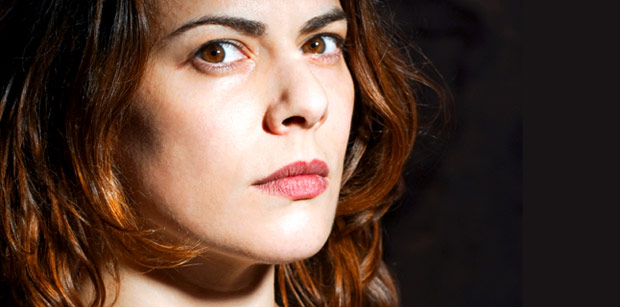
© Petrov Ahner. (Click image for larger version)
rosiekay.co.uk
There is Hope tour
University of Oxford – Artist in Residence
Sunshine on Leith film
5 Questions for Rosie Kay – catching up on her latest work and new role as Artist in Residence at the Biocultural Variation and Obesity unit, School of Anthropology and Museum Ethnography, University of Oxford.
So what’s this new university job all about?
My new position at the University is very exciting. It came about through Professor Stanley Ulijaszek hearing me talk about my research methods and the creation of 5 SOLDIERS and the representation of the embodied soldier’s physical experience in the work. My research, joining the 4th Battalion The Rifles on pre-deployment training and visiting Selly Oak and Headley Court was similar to anthropological ‘fieldwork’ methods. Through a lot of meetings, and me learning more about anthropology, we devised a position so that we can look at a few things. One is the use of dance in learning more about certain issues- for example using a series of workshops to investigate an issue and seeing how dance can deepen the anthropological research to give a more holistic reading of the whole person and their lived experiences. The issues we are looking at to begin with are anorexia and Eating Disorder. The other aspect of the research is actually teaching dance to interested anthropologists, to see if it can help them in their own fieldwork research practices. This idea came from how my dancers training helped me adapt to a military environment. If you increase your own physical adaptability, can it help in what anthropologists call ‘participant observation’- where they join certain groups and study by participating in daily life?
For me, it also really sharpens my practices, my methodology and generally my mind! So far I have absolutely loved my periods in Oxford. It is a joy to go to seminars, learn about an incredibly diverse range of research subjects, adapt some of these practices to my own, and spend time reading and researching in the library. The one-to-one system of dialogue between academics is also incredibly invigorating. At the moment I feel that I can get away with a bit, as I’m new, and I’m an artist, but I am doing my reading so that I can understand the terminology of anthropology and ethnography, and particularly how attitudes towards dance differ from my own experience as a dancer and choreographer. I think there will be a lot of ripe areas for development!

© Katja Ogrin. (Click image for larger version)
How are you doing the research?
Currently we are in the preparation phase. This has involved setting up interviews with our participants and making sure that we have a thorough system to our research approaches. In April I will deliver a series of 8 bespoke workshops with the aim of exploring the notion of ‘participant as choreographer’ in other words- the participant of the workshop is trained with dance and choreographic skills, they develop their own solo work that is discussed in the groups and helps to express a certain aspect of their experience of their condition through the act of creating a solo (self-choreographed) dance. This is followed up with weekly one-to-one sessions with my research partner, the ethnographer Dr Karin Eli, who conducts interviews with the participants about how they feel, what they enjoyed, what it meant to them etc.
We are also doing a lot of seminars and talks, both at this stage but there will be a lot more in the autumn as we start to pull the research together. This will culminate in a conference in Oxford in November.
Again for me I am interested in how I can use this research material to explore a difficult subject, and turn it into a live performance or digital installation work. I am always looking to see how I can represent things on stage in a new and interesting way to widen understanding.
As a company, we are also collaborating with the Pitt Rivers Museum- part of the University of Oxford, who have given us permission to use their film, music and photographic archive, which is very exciting. This will feed directly into a new work that will première this summer at Edinburgh.
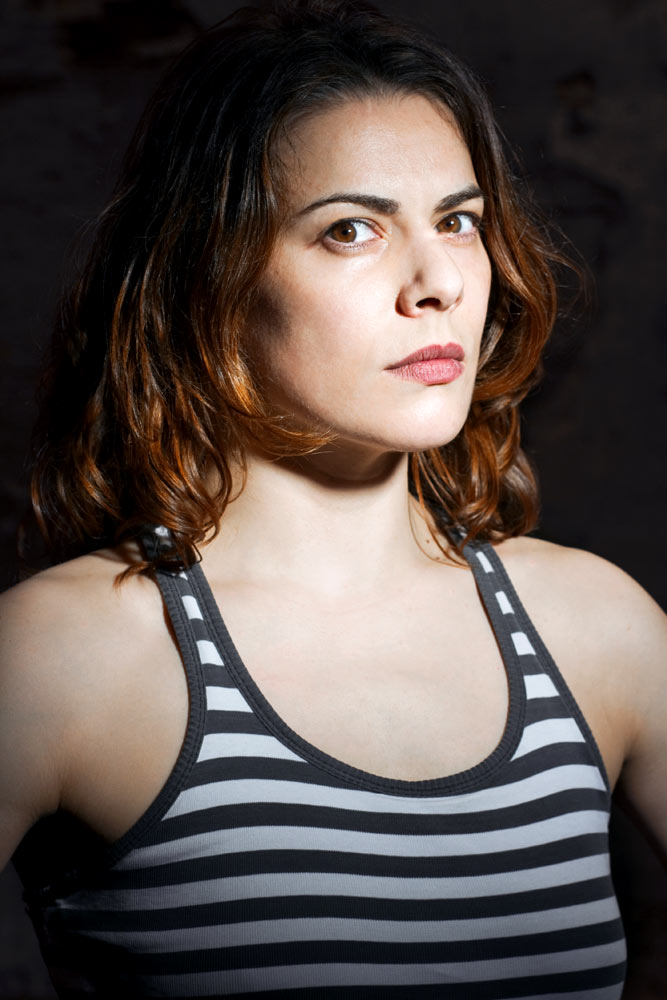
© Petrov Ahner. (Click image for larger version)
How do you juggle Oxford with running your own company and your other work?
It has been quite hard so far! I spend a solid chunk of time, 5 to 2 days at a time in Oxford, so that I can really become absorbed by the atmosphere and concentrate on the work. However, I do have to come back to ‘reality’ and focus on the company, the new tour, the projects and the workshops etc. I like to think that each balances the other out, and each feeds new developments. Oxford gives me a chance to develop my methodology and ways of talking about my work, but then I get to go and test these ideas and use my knowledge very practically and get immediate feedback. I like to think that coming back to Birmingham and back to my work keeps me grounded! Once the weekly sessions start, though, the Oxford work will be my priority. I’ve managed to juggle things around so that the crucial practical period has less other demands on my energies.
Busy you are – we hear of doing the choreography for a film…
I did indeed, and it was such a blast. I love the world of film. I shadowed Anthony Minghella quite a few years ago, and it’s been a world I’ve longed to get into for some time, but the choreographer role for Sunshine on Leith came up quite unexpectedly. Sunshine on Leith is a film based on the stage production (premiered by Dundee Rep) of the same name, that has a story of two soldiers retuning from Afghanistan, weaving together the songs of The Proclaimers. There were many things that attracted me to the script- going back to my hometown of Edinburgh was a thrill, as well as getting to know Glasgow a lot more (what a superb city!). I grew up with the songs, but to sit down and hear the complexity of the lyrics and the pathos of each song really touched me. I loved the way each song or number grew from reality in the film- from a real incident in life that you could expect to happen, but the genre of the musical allows you to just up the volume subtly and gradually, so that you can create a spectacular moment, but it is drawn from a real world. Having said that, there are a few fabulously crazy moments! I loved the stress and pressure of the film world- its long hours, and you’ve got to be able to think very quickly on your feet and get results immediately. I was lucky to work with the director, Dexter Fletcher, who was incredibly collaborative to work with- he allowed me some creativity, which I really enjoyed. The film will be out later in the year, I hope that it will touch people.
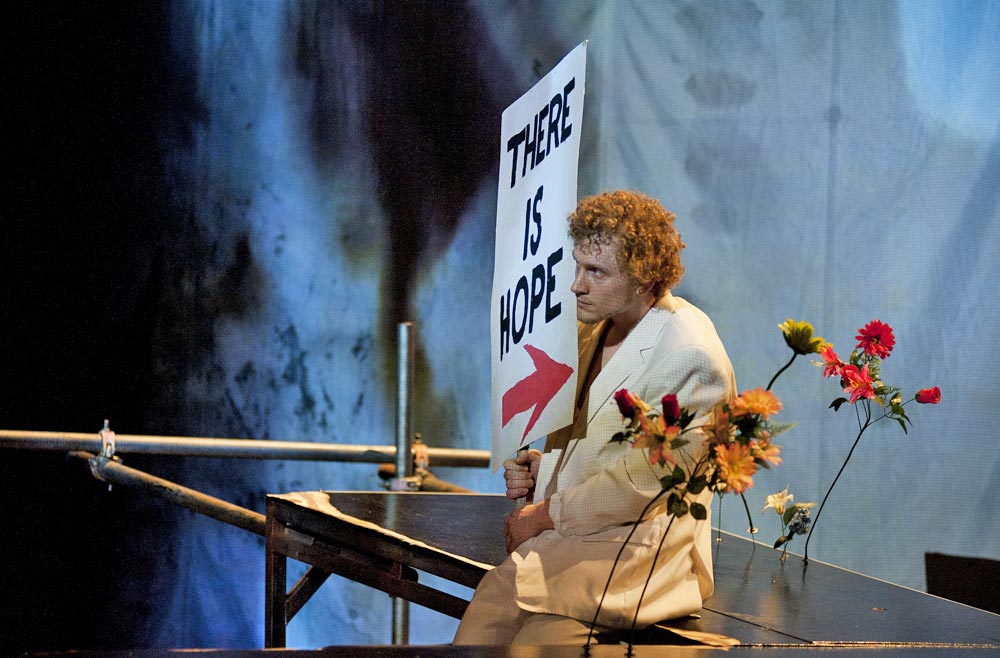
© Katja Ogrin. (Click image for larger version)
Shortly touring your latest work, “There is Hope“, based on faith and religious themes – how was the premiere and have you upset anybody?
That’s a great question! You know, I think the work might have upset a few people. I would hope so! With There is Hope I researched for quite a long period before the creation, visiting India and China, and it was honestly a lonely experience- through searching for meaning, searching for answers about faith, you cannot help but question yourself and your own beliefs quite deeply. When it came to creation, it was a truly collaborative process; with the dancers, with the musicians (who improvise each night), with the creative team. I really allowed a lot of freedom into the process, and the work is a result of us all delving very deeply into our beliefs as well as stimulus from film, ethnographic material and religious writings and art. It is quite a big work- big ideas, big visuals, and at times it scares even me- it seems to evoke and conjure themes of hell and purgatory that are truly terrifying! But I love the second half: the journey to heaven can be even harder. I love seeing the beauty after the madness.
No one has got deeply angry with us yet, but I know that it can provoke strong reactions. We always try to have a post-show talk, or a pre-show forum, because talking about religion or belief is difficult. We have some things deeply ingrained into our psyche from childhood- social and cultural conditioning, that can be very hard to unpick, but this work confronts them.

© Katja Ogrin. (Click image for larger version)
We are just about to go back into the studio tomorrow, with the new tour starting on the 7th and 8th March in Birmingham, before London on the 14th. I’m going back to the roots of the ideas of the work, rather than a traditional rehearsal. I want to be excited and scared again!








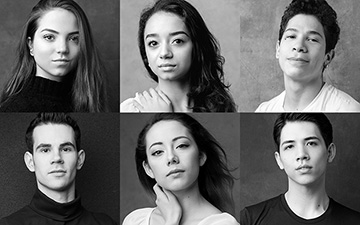
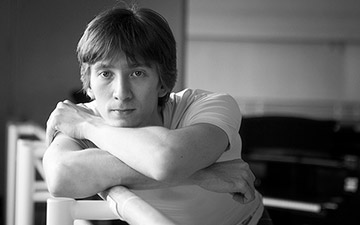
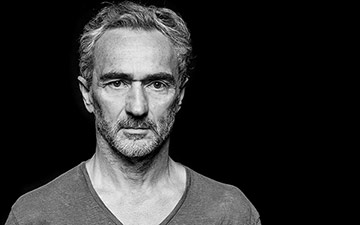


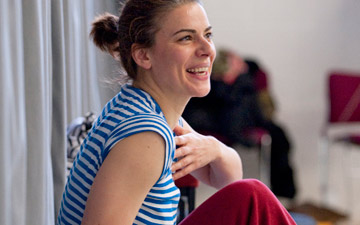

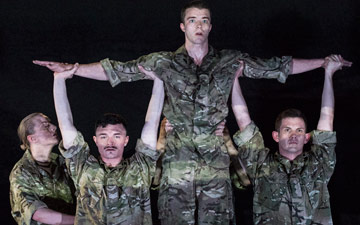

You must be logged in to post a comment.